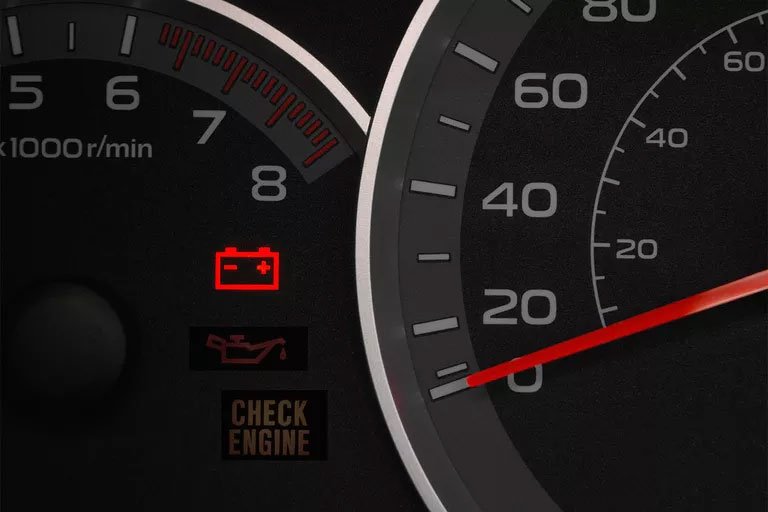The modern charging system hasn't changed much in over 40 years. We're going to break this down into pretty basic concepts to just make sure we understand that's happening in our car.
The purpose of the battery is to act as a storage location for voltage. All electrical items in the car, such as the headlights, computers, radio, A/C blower fan, cigarette lighters ... everything draws voltage from that storage tank.
The battery is basically a 12-volt storage device made up of 6 2-volt cells. Most computer systems in your car require at least 10.5V at all time to perform correctly. If one of the six cells quits working, you've now gone from roughly 12V to 10V...not quit enough to power the car's electronics all at once.
If the battery is "dead", it does not necessarily mean that there is anything wrong with it. It is just depleted of its charge. It may be brought back to life by recharging it with a battery charger, or by running the engine so that the alternator can charge it.
The purpose of the alternator is to generate electrical voltage with the engine running to keep the battery to the correct amount of voltage. It will usually charge the system at 13.5 - 14.5V to make sure there's plenty of electrical charge in the battery.
If the alternator quit charging, the battery's charge would soon be depleted, leaving the car with a "dead battery." If the battery is weak and the alternator is not working, the engine may not have enough electrical current to fire the spark plugs, so the engine will stop running.
Often times, there's little or no warning on these cars before they just don't start the next time.
Don't get caught unawares! Let us checkout your charging system today and make sure your car is ready to get started.

